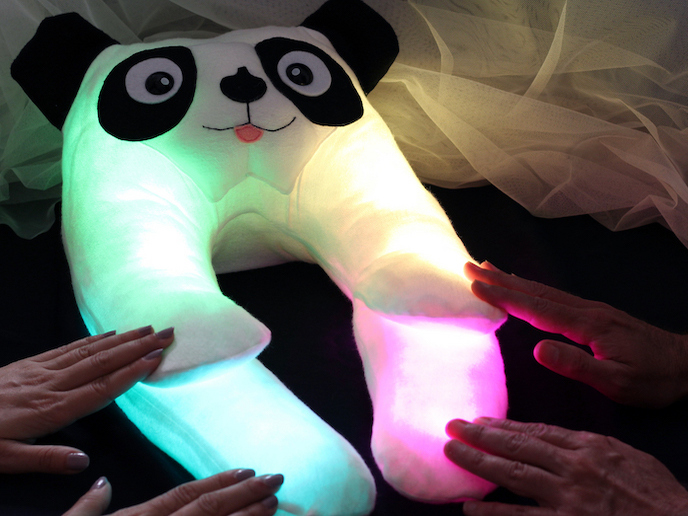Smart toy could help children with autism spectrum disorder
Autism spectrum disorder (ASD) is neurodevelopmental disorder(opens in new window), usually evident from early childhood. It is characterised by lifelong difficulties with social interaction and communication, both verbal and non-verbal. Symptoms can be mild to severe, often occurring alongside other conditions, such as repetitive behaviours. It is estimated that around one in 100 children has ASD. With no population screening programmes, many more go undetected and so untreated. Current treatments include approaches such as Applied Behaviour Analysis(opens in new window) and the Early Start Denver Model(opens in new window). “As with all neurodevelopmental disorders, early therapy can reduce the severity of ASD. In practice, this means as soon as the child receives a diagnosis, generally between three and five years old,” says Gianluca Baldassarre, coordinator of the PlusMe(opens in new window) project. This EU-funded project has developed an interactive teddy called PlusMe. Already piloted with therapists working with ASD children, their suggested design improvements have led to small-scale production under ongoing sister project IM-TWIN. Promotional activities, including live demonstrations, have generated interest from neurodevelopmental therapists and researchers. “We built a reliable prototype from scratch and received a lot of positive feedback from therapists, who found the concept very innovative and appropriate for their needs,” says Valerio Sperati, development lead.
Transitional wearable companions
PlusMe’s aim of developing such interactive smart toys, known as transitional wearable companions(opens in new window) (TWCs), grew out of previous research by Baldassarre into how tapping children’s ‘intrinsic motivations’(opens in new window) could support their learning. TWCs are typically interactive, smart, fluffy and zoomorphic toys which children wear, hug or play with. They are designed to stimulate social competences – such as eye contact or imitation – enhancing the communicative abilities of ASD children. But as each child with ASD is unique, the challenge is to find the most appropriate ways to support their needs. “We wanted to create a TWC that taps a child’s attraction to novel experiences – creating the optimum conditions for learning; while also stimulating children’s social interaction with caregivers,” explains Beste Özcan, interaction designer.
Birth of a special panda
The project brought together ASD therapists interested in new technologies with technical developers, to create the first prototype of the toy. To first assess general interest in the toy, 14 children with typical development tested various iterations. The resulting prototype – a panda teddy bear – has sensors which detect touch. These then trigger multisensorial responses involving lights, sounds and vibrations, configured by the therapist through a control tablet to meet both therapeutic aims and the child’s unique characteristics. The toy was piloted at the Department of Human Neuroscience, Sapienza University of Rome(opens in new window) (a project partner), with 12 children diagnosed with ASD. “The preliminary results are very promising. Feedback from therapists indicates that the toy stimulates interest, motivation and so social engagement – evidenced by eye contact, shared attention on activities and imitation,” says Baldassarre.
The panda breeding programme
PlusMe is reflective of a growing marketplace for educational and therapeutic toys. Currently, ISTC-CNR(opens in new window), the project host, has signed formal agreements for further piloting with institutes involved in ASD treatment. “This will give us the necessary feedback to better evaluate potential market opportunities. We are also considering the creation of a start-up to develop TWC prototypes like PlusMe,” concludes Baldassarre. In preparation, the team is currently working to scale up production from lab scale intended for interested therapists, to commercial volumes.



